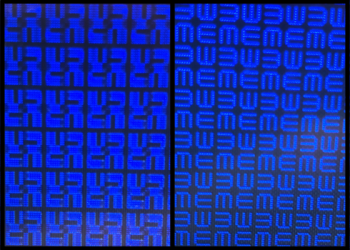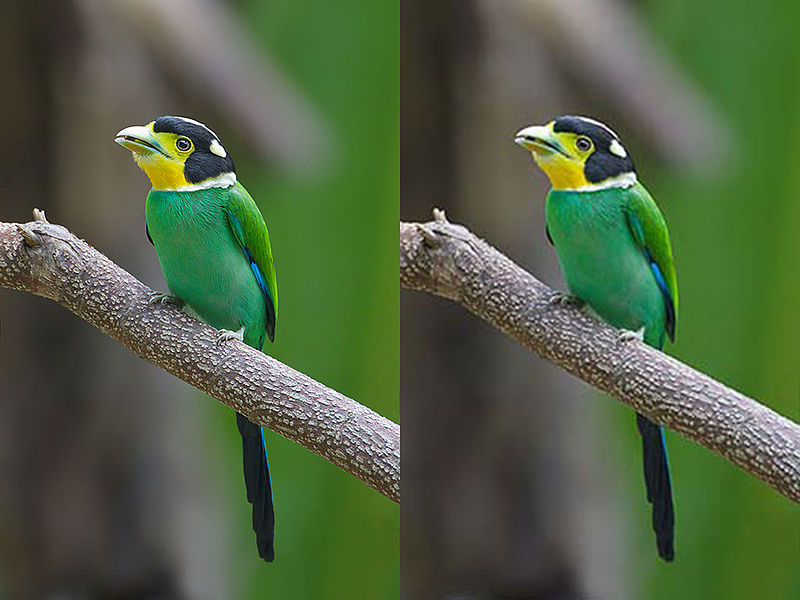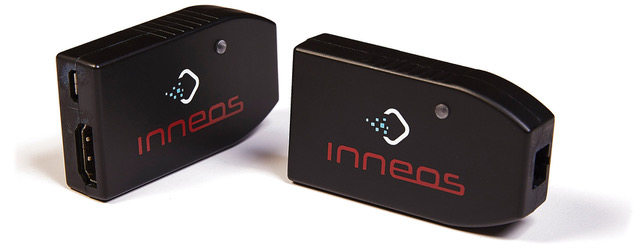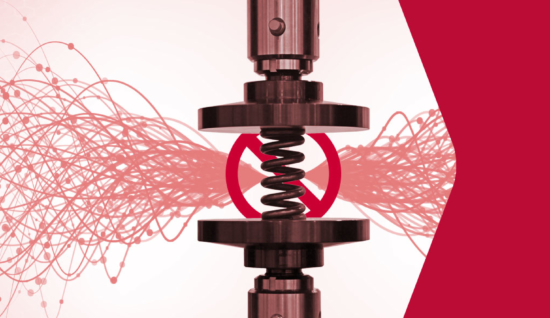The answer to your question is… neither! Video compression is simply unnecessary with most fiber solutions, and this article will help explain why.
4K ultra high definition (UHD) video requires a lot of data to be transmitted from the source to the display when viewing “real” 4K video, especially with the increase in available high dynamic range (HDR) content. A 4K, 60 Hz, 4:4:4 with 8-bit color video requires 18 Gigabits per second (Gbps) of data. For great-looking HDR, like HDR10 or Dolby Vision, a 4K, 60 Hz, 4:2:0 with 10-bit color still needs 11.14 Gbps. Unfortunately, physics limits the distance that copper cables can transmit these 4K signals. Thus, many AV solutions (such as HDBaseT, SDVoE, Video over IP) degrade the data by using compression so that they can send the data over a 10G link or even a 1G Ethernet network, where only 10% of the data can be transmitted. But alas, hope remains… video over fiber can send all of the data with zero compression needed.
What is Compression?
Compression is image or video processing done to reduce the file size, often resulting in a tradeoff between picture quality and data. It has become a key component for 4K video with the transition to HDR and higher frame rate content because some links between the source and the display just cannot support the full bandwidth.
Lossy vs. Lossless Compression
There are two types of compression:

- Lossy compression loses information deemed to be less “important” to achieve a greater size reduction. “Visually lossless compression” is a confusing marketing term for a type of lossy compression that loses original video information permanently.
- Lossless compression uses statistical redundancy to shrink the data without losing any of the original information. The amount of reduction is limited by statistical “rules” and the process requires significant computational power and time.
Lossy compression results in an irreversible loss of data from the original as the data is reconstructed using approximations and estimations of the original. This type of compression provides a significant reduction in the required data rate using various compression algorithms so that the video can fit within the allotted bandwidth of the link; this is how a 4K/60 4:4:4 or 4K/60 HDR signal can fit within a 10.2 Gbps (or even a 1 Gbps) link. The reconstruction of the high-bit rate signal at the TV assumes that the majority of the viewers will not notice the difference.
However, when a side-by-side comparison is done using real 18 Gbps 4K content, the issues with compression (banding, discoloring) are clearly visible. In fact, these issues are hard to “unsee” once someone is exposed to them. Just take a look at the difference between the two photos below. The one on the right uses lossy compression and creates a fuzzier image, degrading the viewing experience.

Lossless compression, on the other hand, is a class of data compression algorithms that allows the original data to be reconstructed from the compressed data. These methods are also reversible.
For example, lossless compression is used when video is delivered via streaming applications. This type of compression uses high efficiency codecs, such as HEVC/H.265 and VP9, and the compression of downloadable/stream-able content is less problematic because the content only has to be compressed once by a system that has vast time and computational resources. This is because HEVC/H.265 uses significant inter-frame compression, which can be used to achieve a much higher compression ratio, at the expense of high latency. This tradeoff of added complexity and processing time, which may be 1-5 seconds, can provide a high fidelity video recreation after compression – so it is a very good solution for delivery of content, but a poor solution for real-time compression.
What happens as we move to 8K?
With bandwidths continuing to increase, the need for even greater compression ratios will arise, especially as we move into 8K. However, the compression tradeoff is not inevitable and there is no need to compromise!
Fiber solutions can support the full 18 Gbps without any compression on a single, industry-standard fiber through optical adapters and optical extenders. As the industry moves beyond the current 4K to support higher frame rates and additional HDR content, bandwidth requirements will move to 22 Gbps and higher. Even before full 8K content becomes commonly available. That’s not a problem for fiber. The bandwidth of fiber is >>100 Gbps, so video rates can increase significantly before the limits of fiber are reached. Additionally, when higher data rate video becomes available, the fiber infrastructure can be left installed, with the adapter and extender ends simply swapped out for the next generation 8K products and beyond. With simple field termination kits and matrix switches, fiber can be pulled just like category cable to provide a solution that doesn’t require compression.
Real4K HDMI Optical Adapters and Extenders can support full 18 Gbps video, completely uncompressed and all transmitted over a single optical fiber. These optical extenders use industry-standard multimode fiber and SC fiber connectors so that the infrastructure base is future-proofed. You can have superior video quality now, and when the future is here, simply swap out the end-points. Move beyond “lossy compression” – there’s no need to compromise with Real4K optical extenders.

